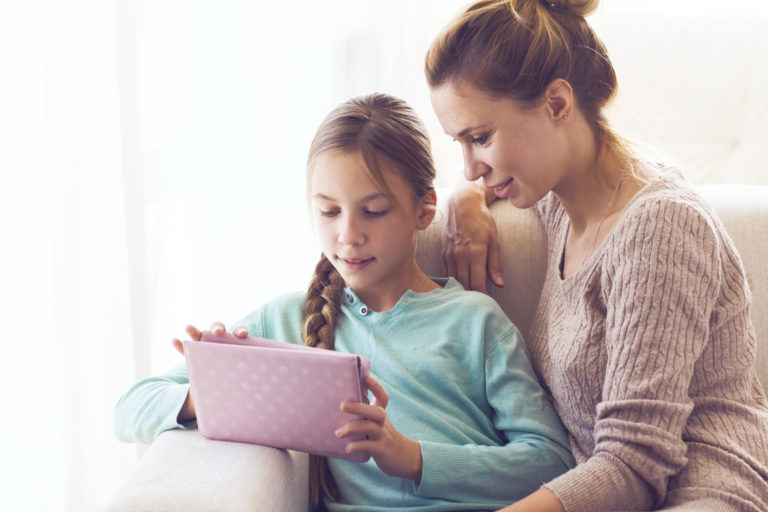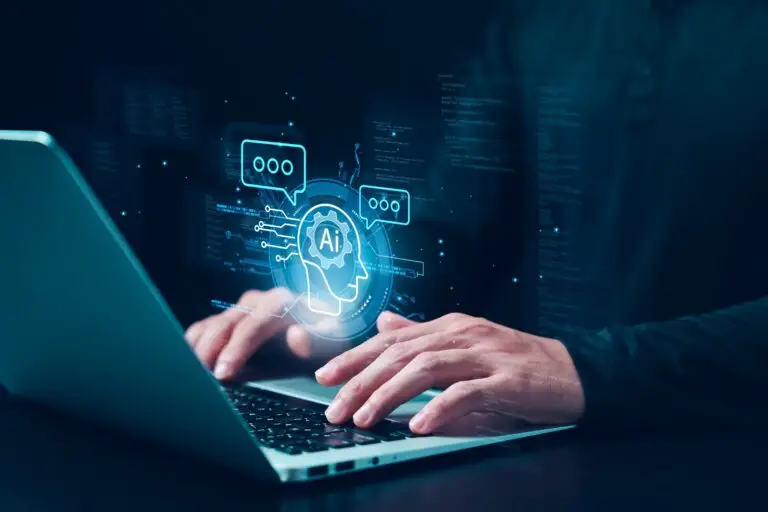Education technology and online learning platforms are an increasingly vital tool for parents, pupils and schools during the pandemic. However, it is important to mix it up, to both sustain young people’s engagement in learning and to ensure that the entire day isn’t dominated by screen time. There are several ways this can be done, including taking lots of mini breaks, and using traditional pen and paper where possible. However, an incredibly effective tool in the home education kit is project-based learning (PBL). Not only does it give learners a hands-on experience that provides a welcome break from computer-based activities, it also develops critical skills that are vital both academically and professionally.
What is PBL?
PBL is a form of inquiry-based learning, it encourages learners to seek answers to real-world problems that have some personal significance to them. Students are encouraged to choose their own project, providing students with a sense of ownership over their learning. The project is usually based on real-world issues, although not exclusively so, allowing them to see the direct application of their learning to the practical world, rather than viewing it in abstract form. It is designed to develop students critical thinking, creativity, communication and collaboration skills.
What does PBL look like in practise?
PBL is traditionally well suited to science, technology, engineering and maths (STEM) subjects. In fact, the British Science Association (BSA) has a wealth of PBL resources and ideas on its CREST Awards site.
Projects range from creating your own Roman jewellery to investigating how sanitation can help solve global health challenges. The important aspect of PBL is that students have the freedom and flexibility to identify and investigate a problem they care about and then construct or communicate their own solutions.
Students can build their own project from scratch, or use already existing project templates, potentially reducing their planning workload. Either way, it is important to allow young people to take a degree of ownership over their chosen project from the start.
It can be fun for both parents and children
It is important to find methods of learning and teaching that are more engaging and more accessible to both students and parents, and PBL is perfectly suited to the task. It encourages students to identify real-world problems and create innovative and creative solutions, allowing for more hands-on learning as well as helping students sharpen their critical and independent thinking skills. As a home-learning strategy it’s a great leveller, engaging parents and students as equals in an investigation that requires them to develop expertise, rather than assuming the presence of an expert to provide guidance and support.
PBL also allows families to tie in other subjects they feel passionately about or certainly subjects they have a natural interest in. This generates a sense of pride and ownership, as it becomes truly their own achievement rather than a task that has been handed to them. PBL is diverse, interactive and inclusive by default.
At a time where, quite rightly, we are spending a lot more time using our screens, it is important we are also utilising tools that help young people step away from the computer or tablet and get their hands dirty. It also is a nice way to involve the whole family, as it is an innately interactive way of learning, and depending on the project it can be equally engaging for all ages.




